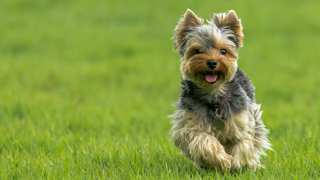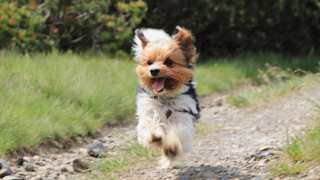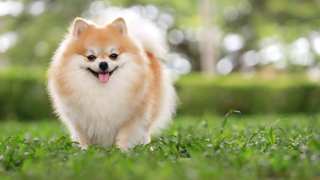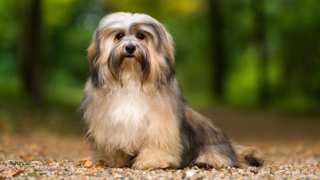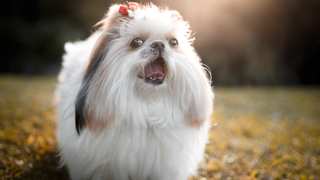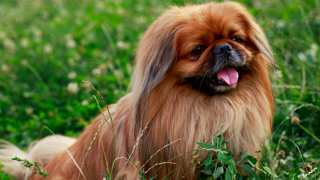Bathing a Maltese isn't too difficult, but these dogs' silky white coats will need frequent washing--so the Maltese bath should happen pretty often. Specifically how often to bathe Maltese dogs? Several factors should be considered: whether your Maltese has a long or shaved coat, whether the dog is for show or simply for companionship, and how much (and how often) the dog gets dirty. On average, though, owners bathe their Maltese every 2-3 weeks.
The long, silky white Maltese coats also have different shampoo needs than that of other breeds. Several options are available, too. Overall, many owners think the best shampoo for Maltese dogs contains oatmeal, aloe vera, or shea butter, because these keep the hair silky and minimize tangles and mats. Of this type, the best Maltese shampoo is Earthbath Oatmeal and Aloe. Other owners like to use whitening shampoo for Maltese--but because this type usually contains artificial dyes and other chemicals, some steer clear of it. If you prefer this type, though, the best Maltese whitening shampoo seems to be Veterinary Formula Snow White. And still others think the best Maltese shampoo, regardless of its type, is the kind that also contains conditioner, because it's simply more convenient.
Here's how to bathe a Maltese: these dogs are small enough that the Maltese bathing can take place in the kitchen sink. First give the dog a thorough brushing--then place the dog in the sink and wet the coat with warm water. Apply a small amount of your chosen shampoo to the Maltese's back, then lather well, working downward and outward. And don't forget the legs, underbelly, and tail!
Next use a washcloth to clean the head, face, and ears; Maltese eye cleaning, in the areas where tear stains form, should be included here. How to clean a Maltese eyes: use the soapy washcloth to swipe downward from the inner eye area, being careful not to touch the actual eyeball.
Then rinse the coat completely (including using the rinsed cloth on the face/eyes). Unless the shampoo also has conditioner, repeat the entire process with conditioner. To dry: wrap a towel around the dog, and pat or blot the coat to remove excess water. (Rubbing with the towel is not recommended, as this damages the hair and causes tangles.) Letting the coat air-dry is best, but you can also use a hair dryer on its lowest setting--just note that this may make the coat extra frizzy.
Finish with another quick brush-through with the pin brush to make the coat look silky and clean.

